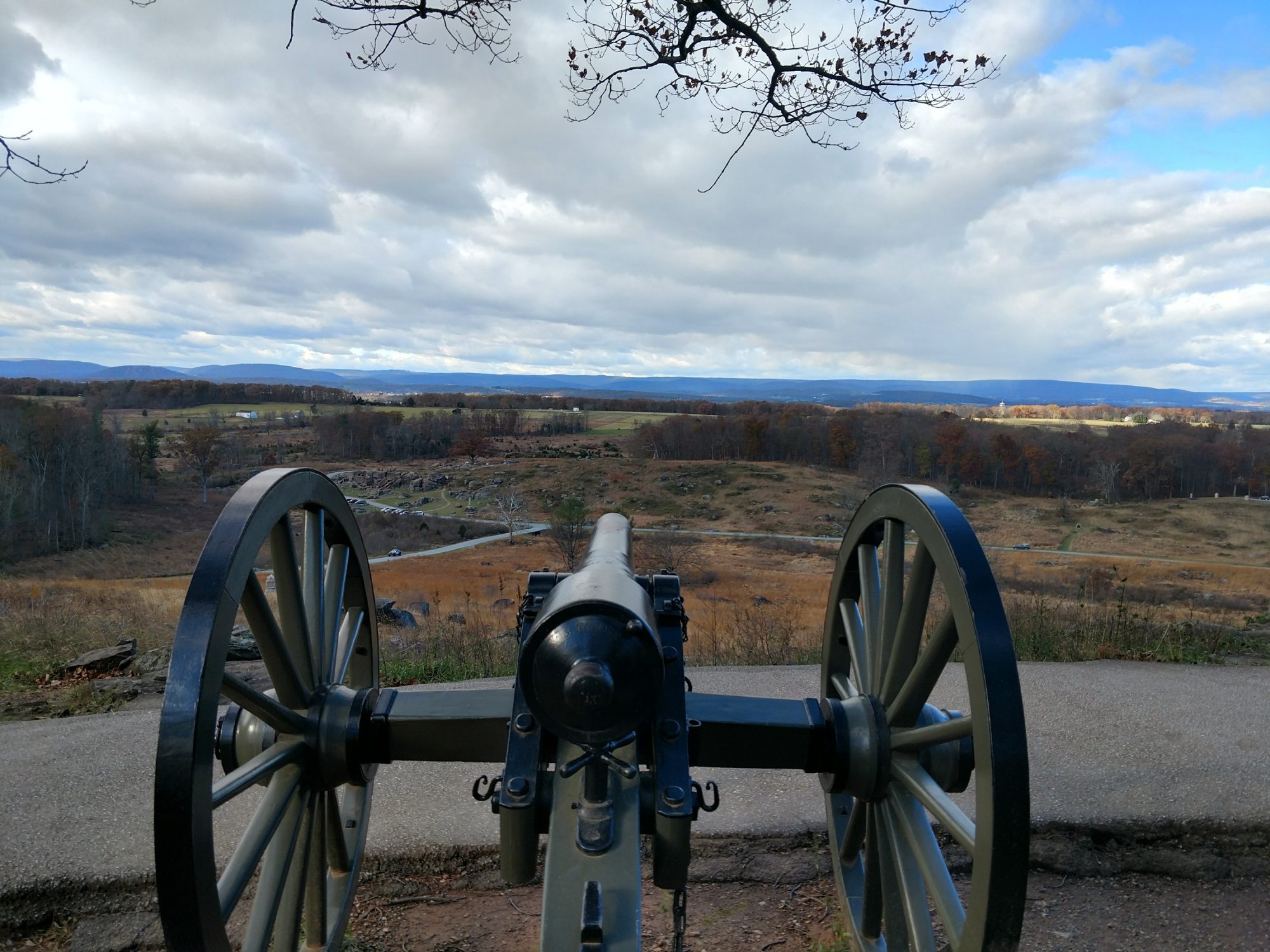It’s become cliche to say that social media is changing the world that we live in. But what the hell, I live for cliches, so let’s go for it. I guess it would be more accurate to say that social media has already changed that world, and we just haven’t seen all the effects yet. From media to politics to neighborhood gossip to fashion to health to family matters to dating to movies and TV — and to the military sphere. Social media has changed nearly every single dynamic of our lives in the past 15 years. And it isn’t going away, not matter how hard we try to slam that lid down on the box.
Now, none of this should come as any type of surprise. Author Peter Singer hits the nail on the head in his book Like War, where he examines how social media has been weaponized — read his book, it’s way more informational on the topic than this piece. Suffice to say, social media has become its own domain of warfare. Information operations play out under our thumbs every single day on Facebook, Twitter, Reddit, or Instagram. Most of the time, we aren’t even aware of the undercurrents. Propaganda shoots back and forth disguised as marketing. Themes and messages flow through distorted headlines or misplaced videos. The internet and the social media space are a war zone. Not that it’s going to stop me from sharing pictures of my cat all the time, but it’s something to keep in mind.
If war is the continuation of politics by other means, then social media is the blurred line between conflict and politics. The two are intertwined in an incredibly confusing mesh that is hard to untangle. Social media is all at once a place where ideas can be shared and professional development can happen, and where you can run directly into foreign adversaries — albeit paid ones from a troll farm somewhere.
I’ve talked already about how social media can be used for professional development, and joked how someday the space could become home to all out war. And while social media is a place where mentoring still happens — hell, General Robert B. Abrams went ahead and advocated for senior leaders to get on Twitter — it is also a space where conflict occurs. It is where people are radicalized for organizations like ISIS or domestic white nationalist terrorist cells — or multilevel marketing schemes. It is where people from different nations or groups in conflict argue with each other and trade propaganda. It is where combatants post videos or pictures. And it is where politicians come to make statements on decisions. And in this new and changed world sits the U.S. Army.
Since the onset of social media, the Army has established social media guidelines for how its members will interact in those spaces: portray a positive face on the organization and abide by military guidelines about speech. Above all, the protection of operational security, information security, and personnel security. Pretty basic, right?
But, is this actually leveraging social media? Sure, we use it for recruiting, and public affairs officers spend hours agonizing over the best posts to make. But if this is a new domain of warfare, are we even entering into it? Or have we yielded it over to our adversaries as we attempt to simply post statements that are more or less pretty bland.
The operational environment is swift and changing on social media, but that is where the fight is. And if the fight is there, we need to be there. Not just in specially trained units, either, but across the entire force. If the Army is serious about multi-domain operations in the 21st century and beyond, we need to re-examine how we employ our force in this space.
Because Pandora’s Box has been opened. Like it or hate it, social media is here to stay. And the future is now.
Enjoy what you read? Please share on social media, like the good warfighter that you are.
Cover photo: A Soldier accesses the Army.mil mobile application. (Photo Credit: U.S. Army)




5 Replies to “Pandora’s Inbox: The Army and Social Media”
Comments are closed.